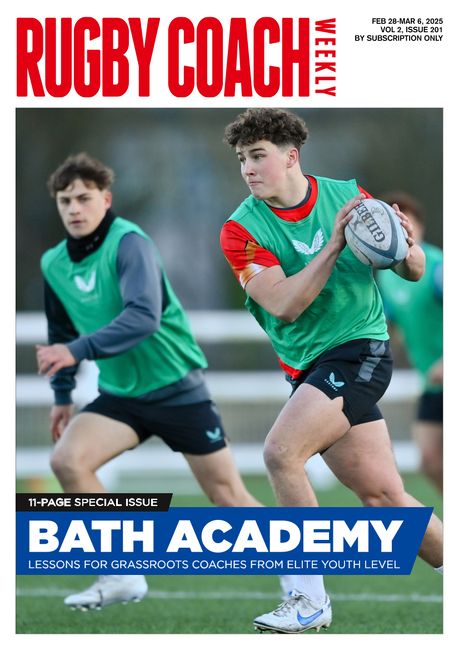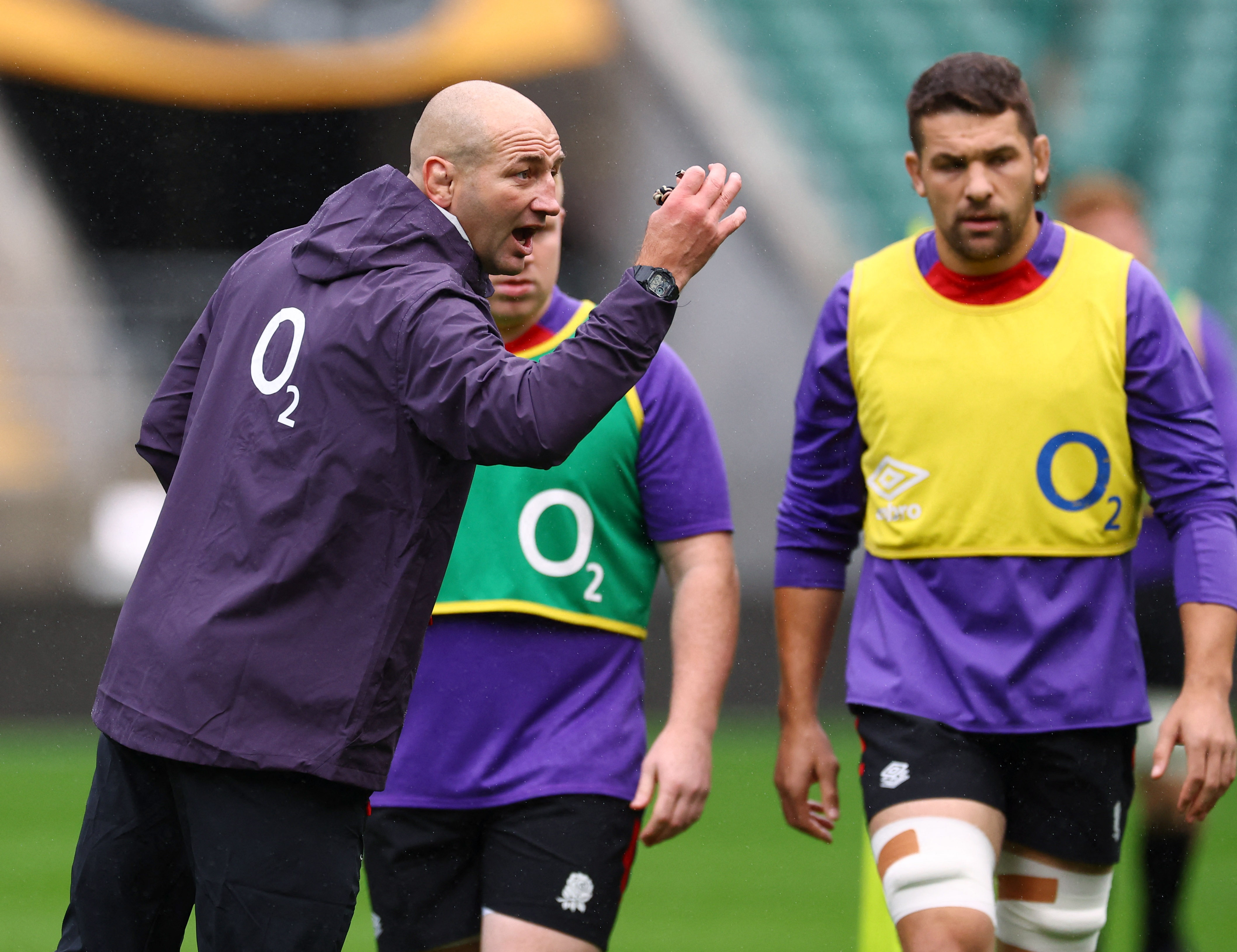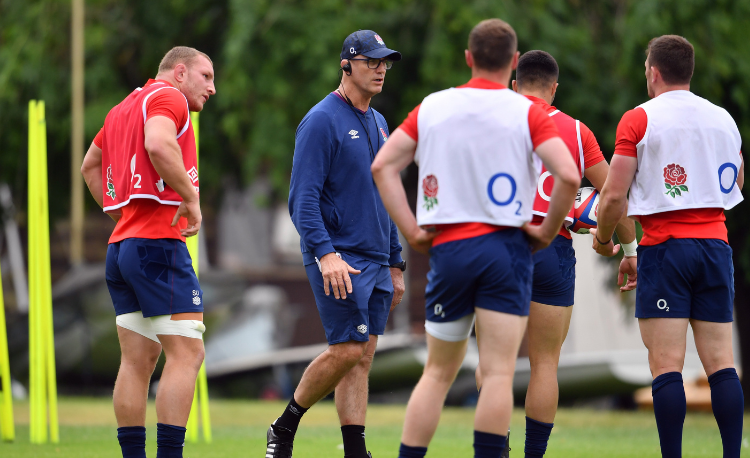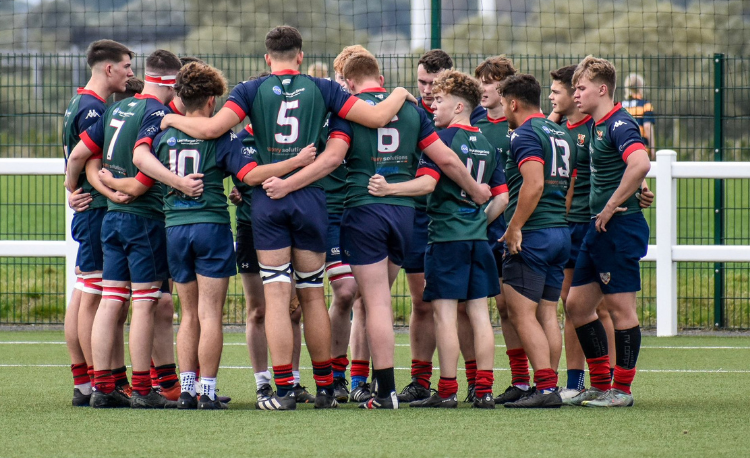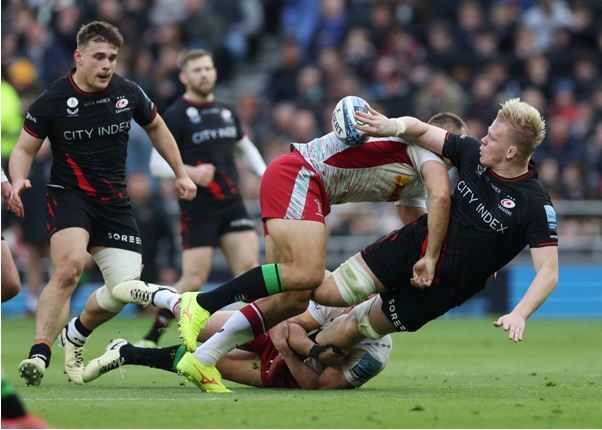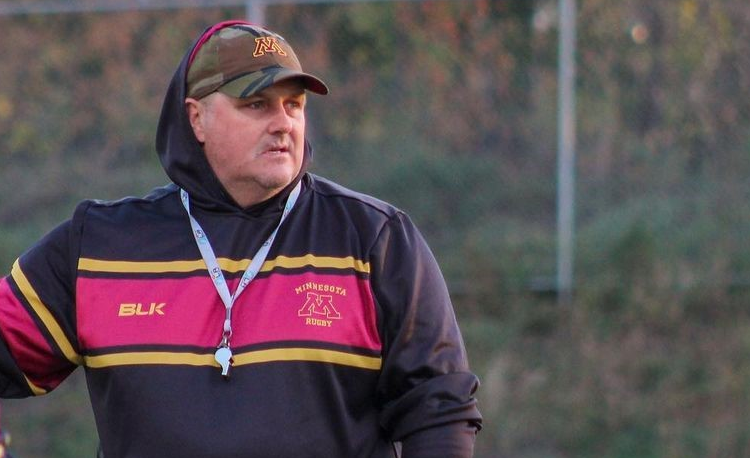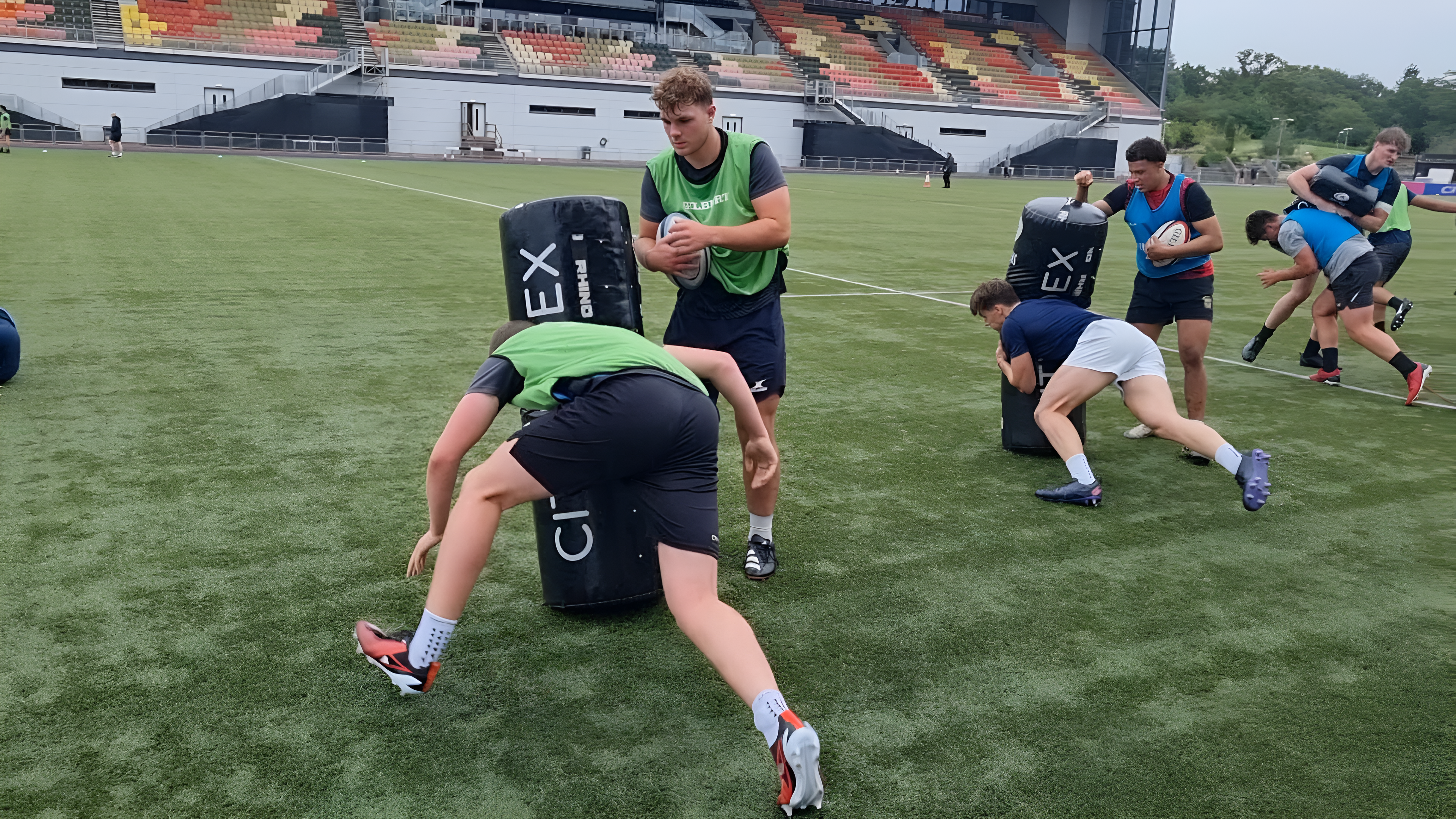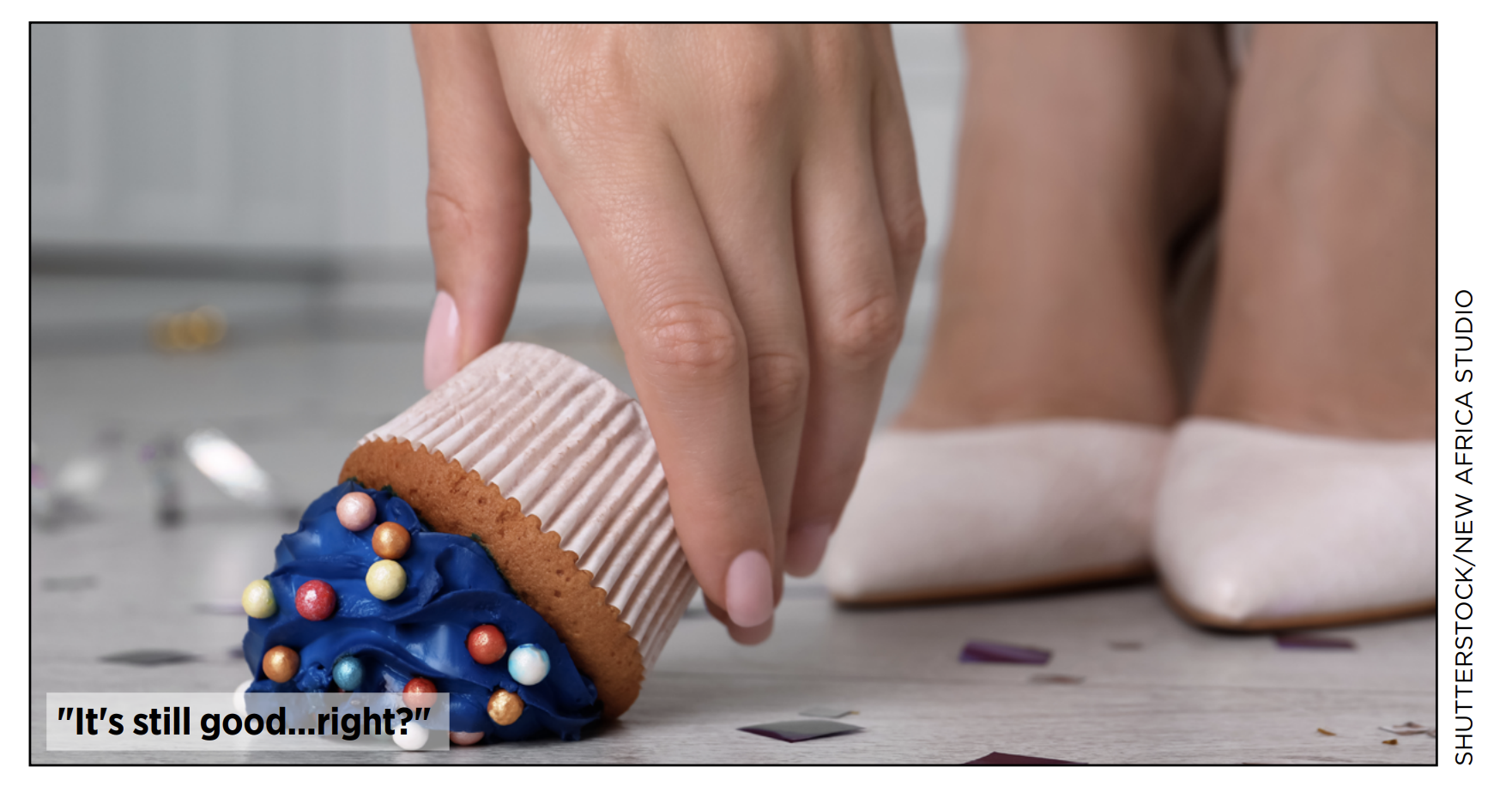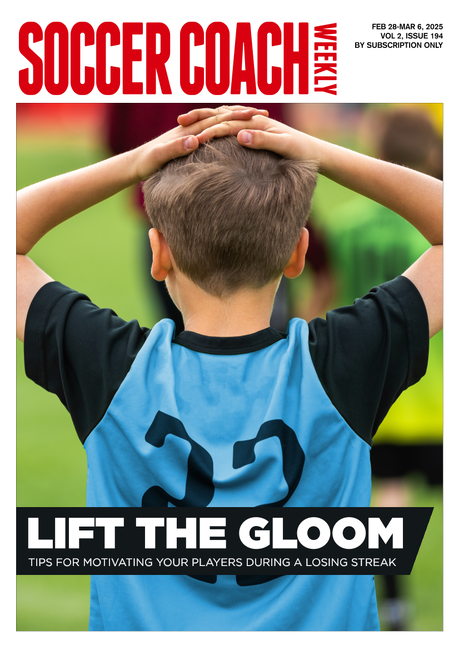Coaching tips to train your back row
What do you expect of your back row? An effective back row blends three players whose abilities and skills complement one another, so the coach needs to be clear about the roles to be played by each of the players.
To start with, every good back row also needs someone to do the unglamorous work that allows the other two freer rein.
What is the primary role of the number 7 (openside flanker)? Destroyer, link man enabling continuity, defensive leader?
Is the number 6 (blindside flanker) going to be used as a "hard yards" ball carrier, a jumper in the lineout? Or are you going to play "another" number 7 instead?
The number 8 is a part of the spine of the team and a key decision maker. So this player needs mental and tactical skills, as well as the physical skills, to make the most effective contribution.
As well as thinking about the team's playing style, think about how different back row combinations might enable you to play in different styles.
Lastly, keep observing the back row in action to ensure the balance is there. Failure to achieve this may result in a player not fulfilling the role he was originally selected for.
"No one can do too much handling" (Neil Back, England)
Give the back row plenty of opportunities for repetitive handling practice, but not just standard passing rugby coaching drills. They need to be able to pass from the floor, in the tackle, as well as pick the ball effectively from the players and the ground alike.
All your back row players should be skilled handlers under pressure and the ability to execute these handling skills effectively could be the difference between success and failure in a game.
Creating a new unit
Adding a new member or members to an established unit can be a challenge. Performance may drop as new members focus on themselves and their own position within the team rather than the unit's outputs.
More experienced and established players may continue to focus on sustaining the unit's performance. This has the danger of not effectively including the new members, thus preventing them from making a real contribution. This in turn will lead to frustration amongst other players who may begin to regard the new players as not making a sufficient contribution.
The consequence may be misdirected energy within the team and a focus on the lack of effective input from the new player or the lack of support from established players. There will almost inevitably be a drop in performance (not to mention the damage to team cohesion).
New players need to be included properly, supported by coaching staff and team leaders, and allowed to establish themselves, but as soon as possible.
This article is taken from the Better Rugby Coaching e-newsletter. Click here to sign up and get free rugby drills, tips and skills twice a week.
Click here for coaching tips to create a back row unit and on the role of the blindside flanker.
Newsletter Sign Up
Coaches Testimonials

Gerald Kearney, Downtown Las Vegas Soccer Club

Paul Butler, Florida, USA

Rick Shields, Springboro, USA

Tony Green, Pierrefonds Titans, Quebec, Canada
Subscribe Today
Be a more effective, more successful rugby coach
In a recent survey 89% of subscribers said Rugby Coach Weekly makes them more confident, 91% said Rugby Coach Weekly makes them a more effective coach and 93% said Rugby Coach Weekly makes them more inspired.
Get Weekly Inspiration
All the latest techniques and approaches
Rugby Coach Weekly offers proven and easy to use rugby drills, coaching sessions, practice plans, small-sided games, warm-ups, training tips and advice.
We've been at the cutting edge of rugby coaching since we launched in 2005, creating resources for the grassroots youth coach, following best practice from around the world and insights from the professional game.


